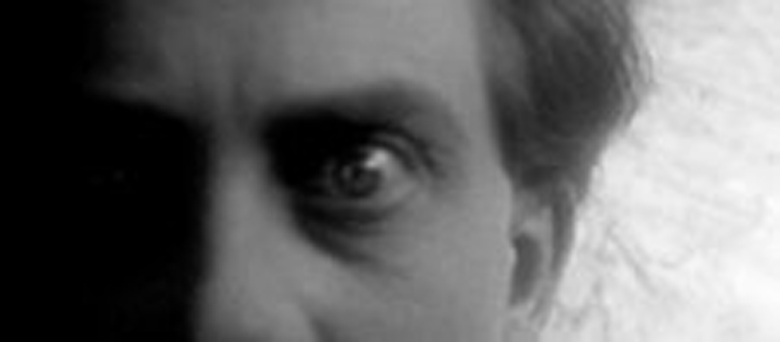Reviews
La chute de la maison Usher
Jean Epstein
France, 1928
Credits
Review by Cullen Gallagher
Posted on 07 October 2009
Source All Day Entertainment DVD
Categories 31 Days of Horror VI
Dracula. Frankenstein. The Mummy. Murders in the Rue Morgue. King Kong. It’s like once you hit the sound era, out came the monsters, the murders, the apes (especially murderous ones), and, of course, the screams. But what about those three decades before the rise of talking pictures, the age of the silent screen? Actors could be as loud as they wanted, but no one would ever hear them scream. While not as prominent at the time as the Slapstick, Melodrama, or Western genres, the Silent Horror film found its way across screen all over the world. This 31 Days of Horror sidebar will be an international exploration of the genre, encompassing films from France, Germany, Japan, and Sweden.
Literary adaptations for the silent screen pose certain difficulties. Limited to intertitles and images, how then to cinematically “translate” text-based literature onto the screen without turning the movie into an illustrated manuscript? For an author like Edgar Allan Poe, there is the issue of not only plot, but also the cadence of his language, which gives so much flavor and atmosphere to the stories. For his film of The Fall of the House of Usher, Jean Epstein took a bold approach, not so much following Poe’s directly as moving parallel to it, using cinema’s distinct capabilities to create something analogous to what Poe was doing with language. As Jean-André Fieschi wrote of Epstein, “he is less interested in the expressive possibilities of visual writing than in a certain degree of autonomy pertaining to it.”
Sparse intertitles provide a skeletal narrative frame for Epstein’s images to hang on. Convinced his wife is dying (a sister in the original version) and worried about his own health, Roderick Usher calls to his secluded mansion a friend, who becomes witness to the strange turn of events to come. First, the wife collapses, and thought to be dead, she is placed in a tomb prior to burial. Soon, however, the husband begins to wonder if indeed she was dead, or if perhaps he buried her alive?
Epstein wrote of his approach to the story:
In preparing a film from Poe, the primary aim is to put together (not without difficulty) an immense and singular technique. Having achieved this, and with the images on hand to be given sense, it can be seen that, as well as for Poe, technique today can lie almost entirely between the images.
What Epstein seems to suggest is that one must do more than merely place the stuff of Poe’s text into the frame, but instead use the clash of images as a creative force. (Like using Eisenstein’s theory of montage, but for atmospheric rather than political purpose.) This is noticeable in Epstein’s incoherent use of space; the relationship between characters to each other, or even to the room they are in, is vague enough to suggest the detachedness of a dream, with everything just beyond reach.
A more telling scene is where Roderick paces the room strumming a guitar while his guest sits at the table eating. Medium shots of the guest scratching his ear and taking bites are cross-cut with close-ups of Roderick’s hands plucking the strings, medium-close shots of his head (but with the background blacked out, so as to disassociate him from his surroundings), and shots of nature: ripples in the water, moving patches of fog, barren trees, a naked gray horizon. Not only do contrasting framings fragment Roderick and his guest, but the insert-shots of nature completely dissemble the sequence, jumping between locations indoors and outdoors at seemingly different hours. Throughout the movie, Epstein repeatedly associates the uncanny with the elemental: while here the nature shots give the feeling of some pervasive, supernatural force, while elsewhere wind animates curtains and lightning sets the house afire.
Deliberate use of improper focus, as well as super-impositions and slow-motion, all contribute to the unsettling atmosphere of the movie. But, as Epstein has pointed out, the physical elements of his movie are quite banal. Recalling Poe’s own introduction to the story, “There exist, without any doubt, combinations of very simple, natural objects which have in them the power to move us,” Epstein responded, “But which simple objects? Above all, not macabre ones.” The lack of logic between the shots, combined with a steady but insistent editing rhythm, converges to create this nightmarish sense of the inevitable. Despite the expectations that Luis Buñuel’s name brings to the movie (he helped prepare the movie behind-the-scenes), The Fall of the House of Usher is not surreal. Instead, it seems a very exaggerated form of realism, which is in line with the way Poe opened the story. “I know not how it was—but, with the first glimpse of the building, a sense of insufferable gloom pervaded my spirit. I say insufferable; for the feeling was unrelieved by any of that half-pleasurable, because poetic, sentiment, with which the mind usually receives even the sternest natural images of the desolate or terrible. ” In keeping with this spirit, Epstein stretches and distorts the bare elements of our everyday world almost to their breaking point, but leaving them in-tact just enough for us recognize the dormant terror in every waning moment.
More 31 Days of Horror VI
-
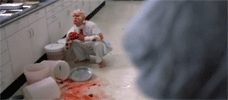
From Beyond
1986 -
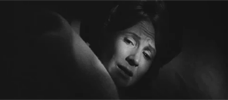
The Haunting
1963 -
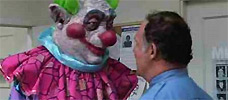
Killer Klowns from Outer Space
1988 -
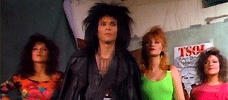
Shock ‘Em Dead
1991 -
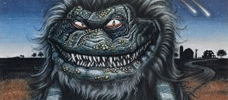
Critters
1986 -
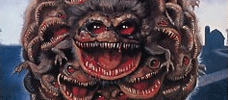
Critters 2
1988 -

The Fall of the House of Usher
1928 -
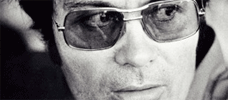
Jonestown: The Life and Death of Peoples Temple
2006 -
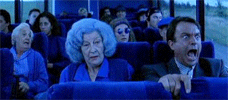
In the Mouth of Madness
1994 -
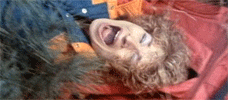
Winterbeast
1991 -
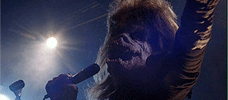
Black Roses
1988 -
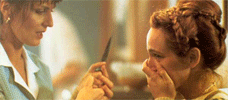
Needful Things
1993 -
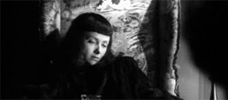
The Seventh Victim
1943 -
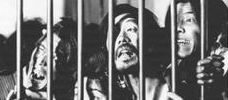
A Page of Madness
1926 -
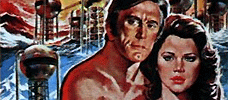
Holocaust 2000
1977 -
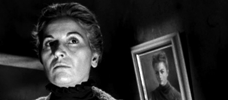
The Man and the Monster
1958 -
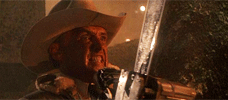
The Texas Chainsaw Massacre 2
1986 -

Trick or Treat
1986 -
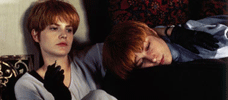
Single White Female
1992 -
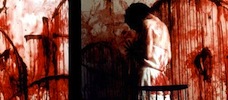
Trouble Every Day
2001 -
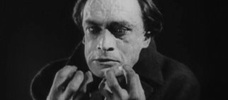
The Hands of Orlac
1924 -
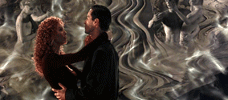
The Devil’s Advocate
1997 -
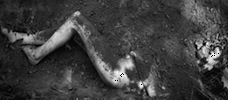
Nocturne
1998 -

Hardware
1990 -
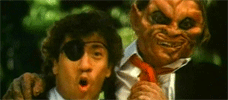
Hard Rock Zombies
1985 -
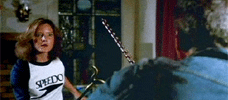
The Slumber Party Massacre
1982 -
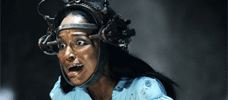
Saw VI
2009 -
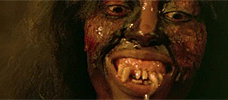
Zombi 4: After Death
1988 -
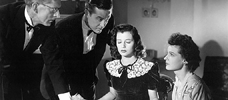
The Uninvited
1944 -
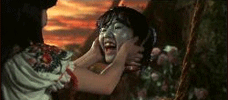
Hausu
1977
We don’t do comments anymore, but you may contact us here or find us on Twitter or Facebook.



